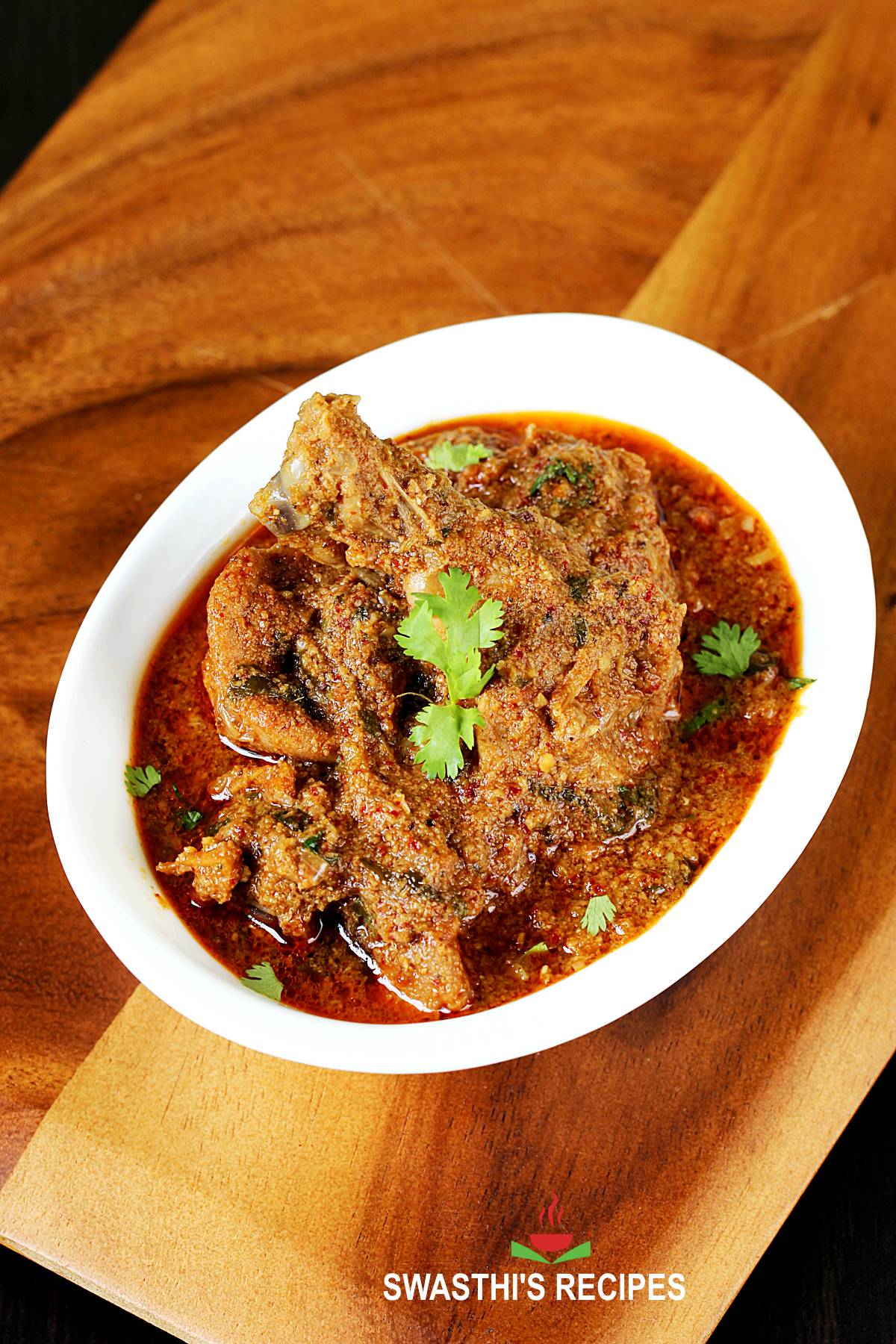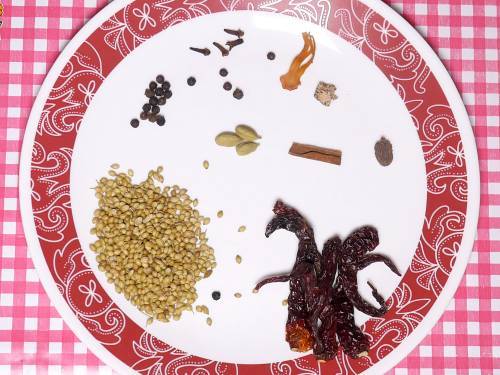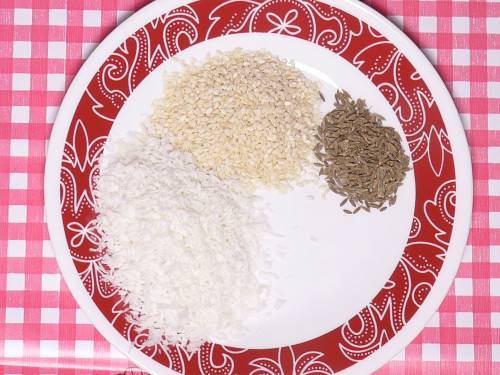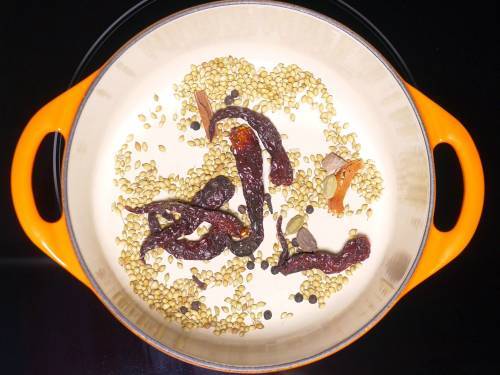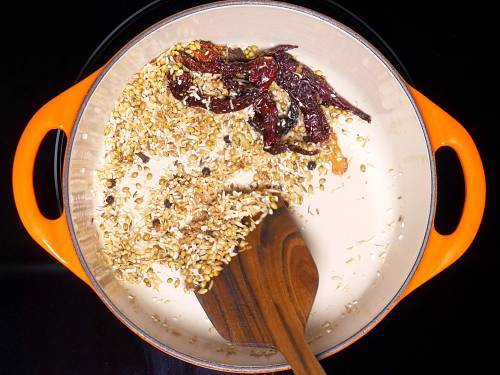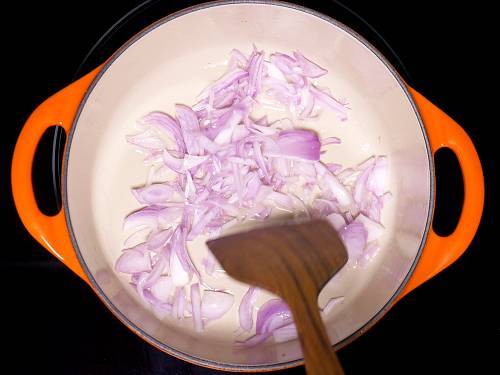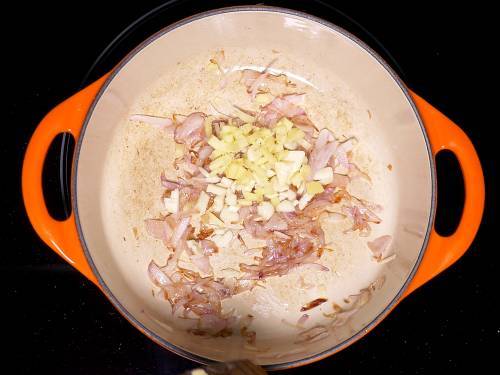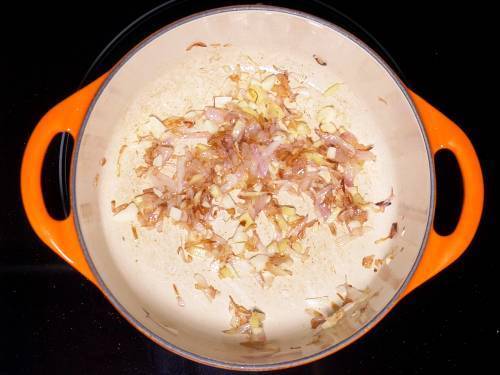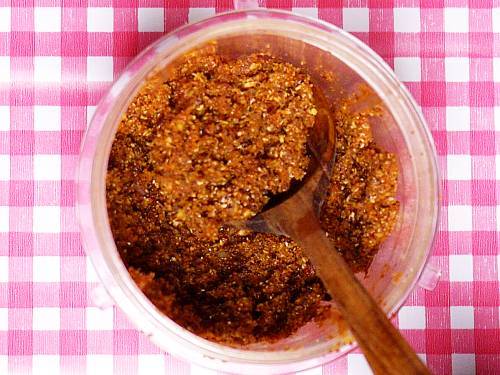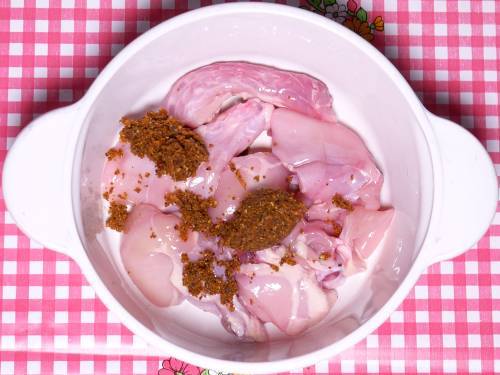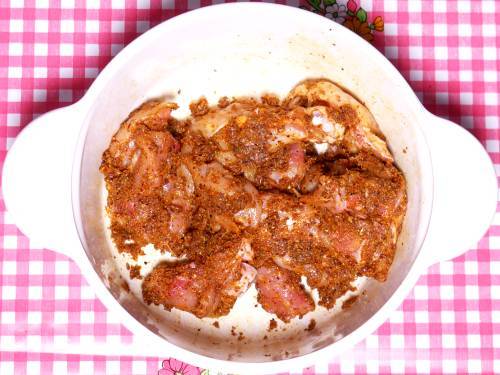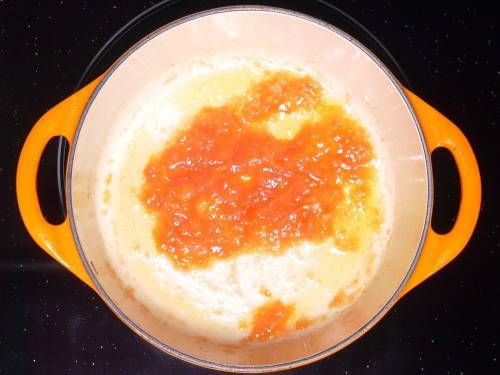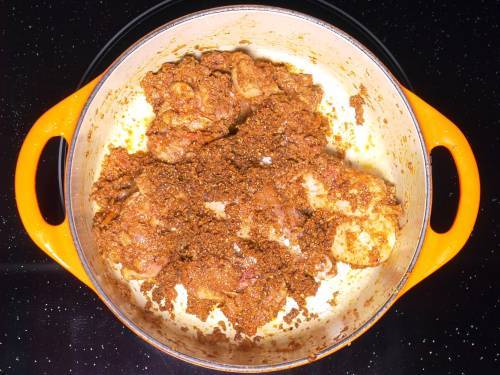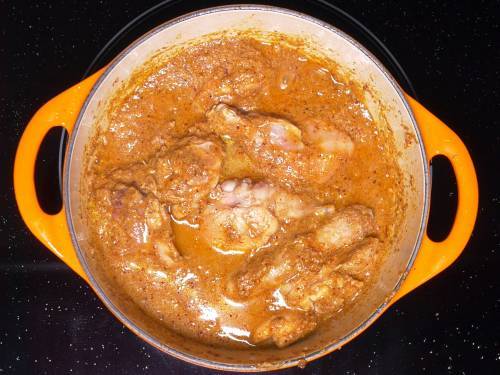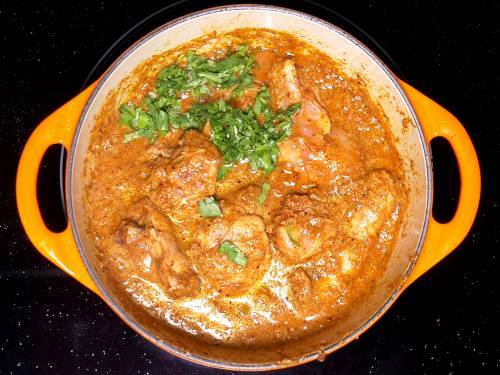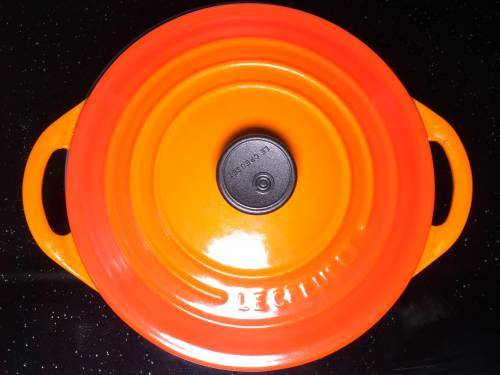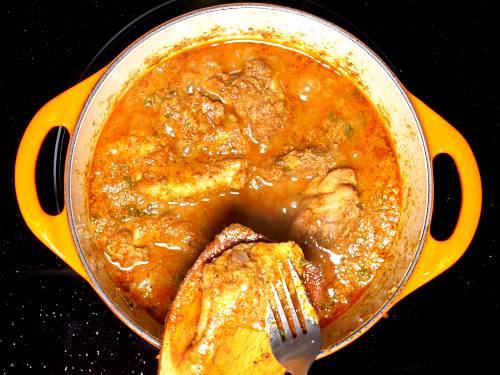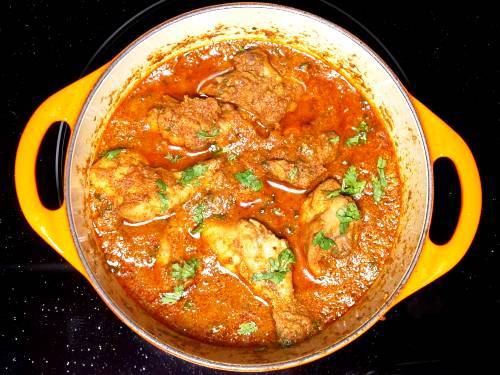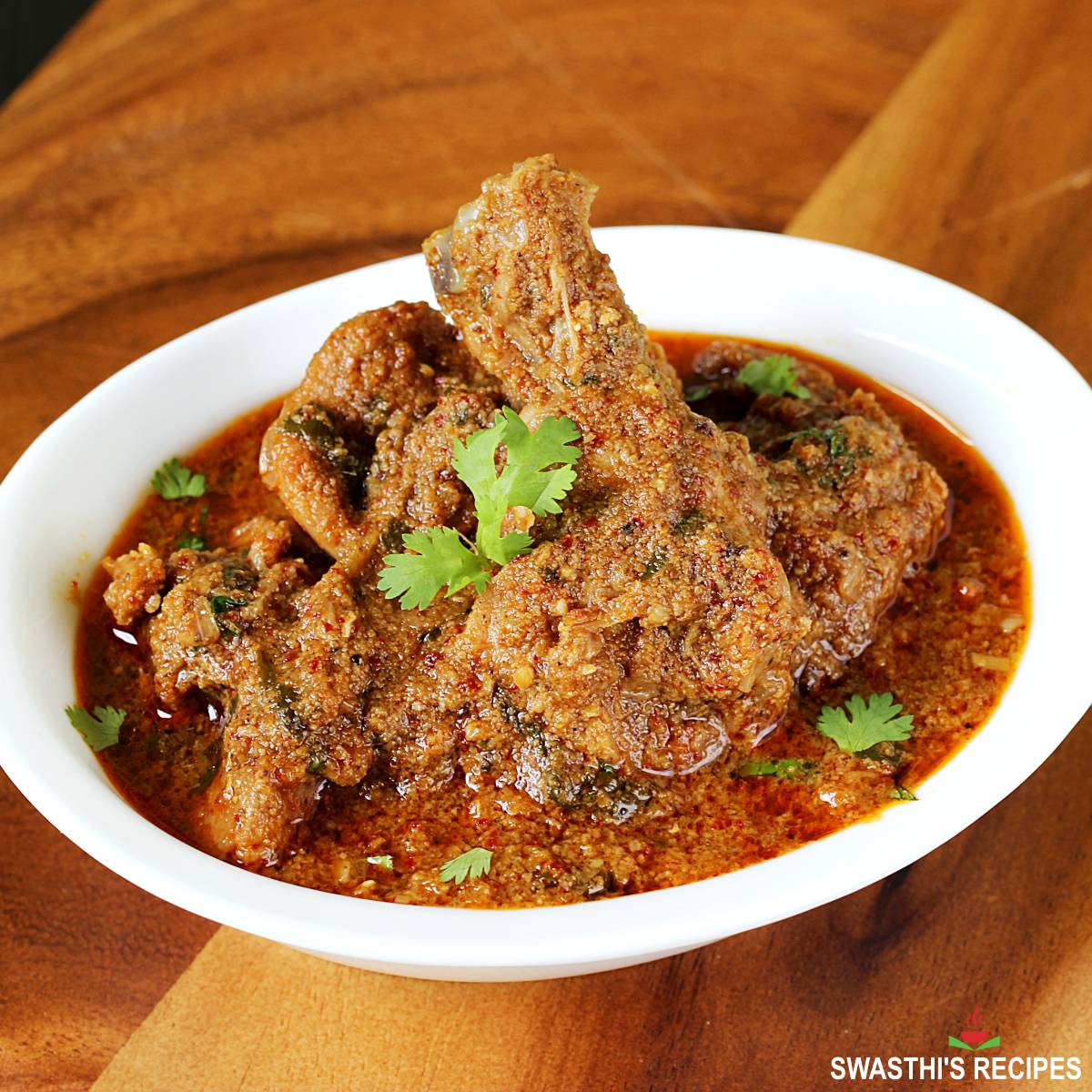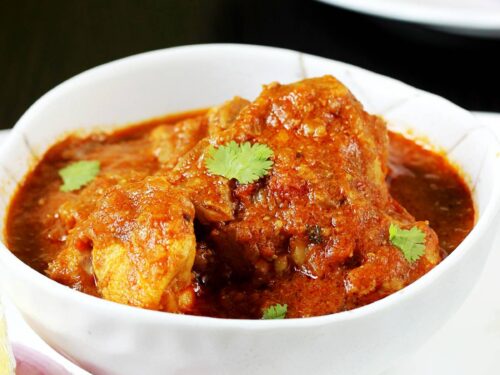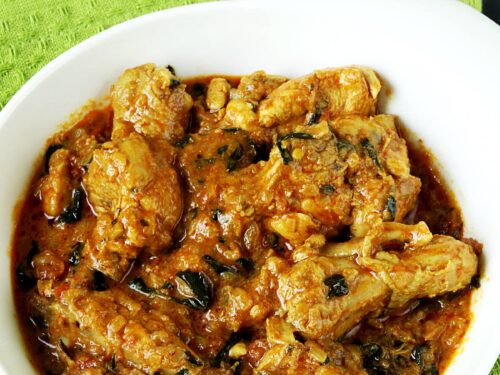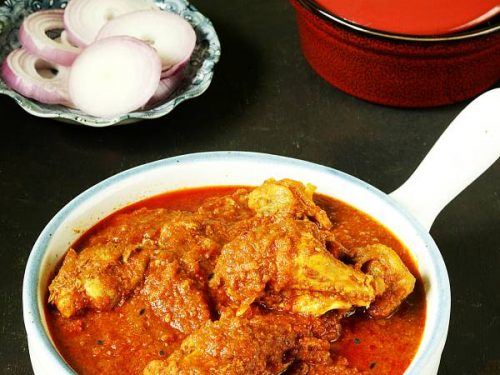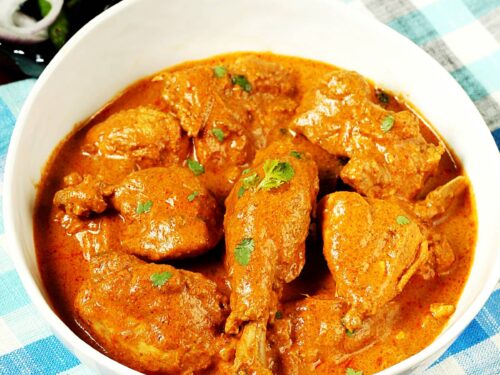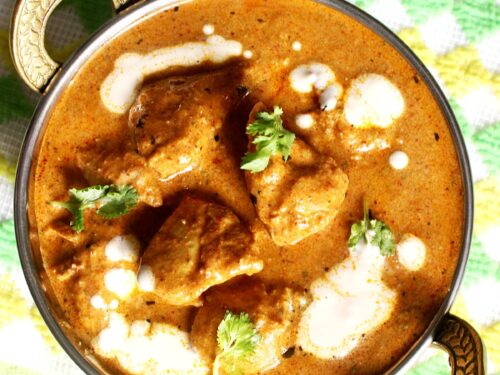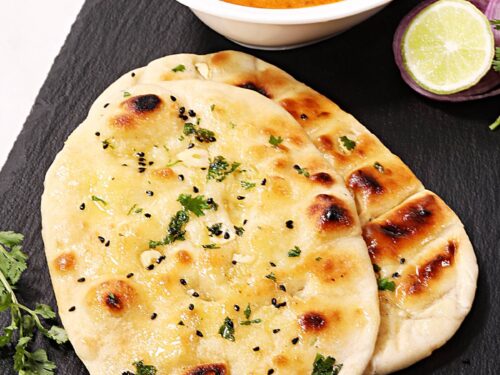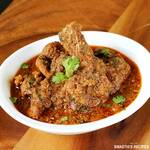Chicken Kolhapuri
Kolhapur, a city from the Southern Maharashtra in India, is well known and famous for a lot of things. While the Mahalakshmi Temple stands on top, the culinary delicacies representing the most flavorful & spiciest foods are equally well-known. The city is also popularly known for the Kusti (wrestling) & handicrafts. Misal Pav, Pandhara Rassa and Tambda Rassa are some of the dishes from this cuisine. Chicken kolhapuri along with Veg Kolhapuri , is mostly seen on the restaurant menus especially in the South Indian and Western Indian states. If you are new to Kolhapuri Cuisine and want to give a try, this chicken kolhapuri is the right one. Kolhapuri cuisine is actually not for the faint-hearted as the spice levels are too high and a lot of people may not be able to enjoy it. My chicken kolhapuri is a toned down version (w.r.t heat) but is super flavorful and tastes delicious. This actually tastes better than what you get in standard Indian restaurants. Lavangi Mirchi, a kind of small and hot red chilies are the star of Kolhapuri tongue-searing dishes. The combination of various spices, dried coconut, sesame, white poppy seeds & the lavangi chillies form the base of this dish. Now that these chilies are not easily available in other parts of the world, I simply use Kashmiri Chilies which makes for a toned down version. Also because white poppy seeds are not available in the Country I live, I choose to skip them. You may however just add a few cashews if you want. If you are assuming dried coconut to be the same as desiccated coconut, that’s not. Dried coconut is known as copra, is simply dehydrated coconut with all of the milk and fats intact but it in a dehydrated form. So this kind of coconut actually elevates the flavor of your dish. However if dried coconut is not available you may use desiccated coconut or use fresh/frozen grated coconut More Chicken RecipesChicken Tikka MasalaChicken CurryAchari ChickenChicken KormaButter Chicken
How to Make Chicken Kolhapuri (Stepwise Photos)
Here are the spices for you to identify. For the quantities, please scroll down to the recipe card below and gather all the ingredients required for the recipe. These are coconut, white sesame seeds and cumin seeds. Add dried red chilies, coriander seeds, cinnamon, cloves, cardamoms, pepper, mace and nutmeg to a pan. Roast on a low heat, stirring constantly without burning until golden. If using nutmeg powder, add it later. Add coconut, cumin seeds, white sesame seeds and white poppy seeds. Roast them until all the ingredients turn to deep golden. Do not over roast as the spices will taste bitter. Transfer these to a plate and cool. Later add them to a spice grinder and grind to a fine powder. While the spices cool, add 1 tablespoon oil to a deep pan or pot & heat it. Add sliced onions & saute them on a medium heat until golden. Add chopped ginger & garlic. Saute without burning until the raw smell from ginger and garlic is almost gone. Cool these as well. Transfer onion and ginger garlic to the spice powder and grind again to a fine powder. It turns out slightly oily and lumpy but make sure ginger garlic is ground well to paste. Add this kolhapuri masala to the chicken and mix well to marinate. Set this aside for at least 15 mins to overnight (in the refrigerator). Pour 2 tablespoons oil to the same pan and add deseeded and chopped tomatoes. Sprinkle salt and cook until the tomatoes turn soft. Transfer marinated chicken and saute well for 3 to 5 mins on a medium heat. Add salt to the chicken. Pour hot water just enough to partially cover the chicken. The amount of water to use depends on the kind of chicken, you may start with half cup water. Add more if required later. Add coriander leaves, mix well. Regulate the flame to low flame and cook chicken kolhapuri covered until chicken is fully cooked, fork tender. While you cook, if you thick the curry is too thick add more hot water. If it looks too runny, cook uncovered on a slightly high flame. The internal temperature of the chicken should reach 164 F or 74 C. To test simply try to pull out the chicken with a fork or knife. If will be tender and fall off the bone easily. Chicken that’s still hard most times in undercooked, if so cook a little longer. You will also see traces of oil over the curry when it is done. Taste test and add more salt if you want. Serve kolhapuri chicken with plain steamed rice, roti or chapati, kachumber, onions slices and lemon wedges. Related Recipes
Recipe Card
